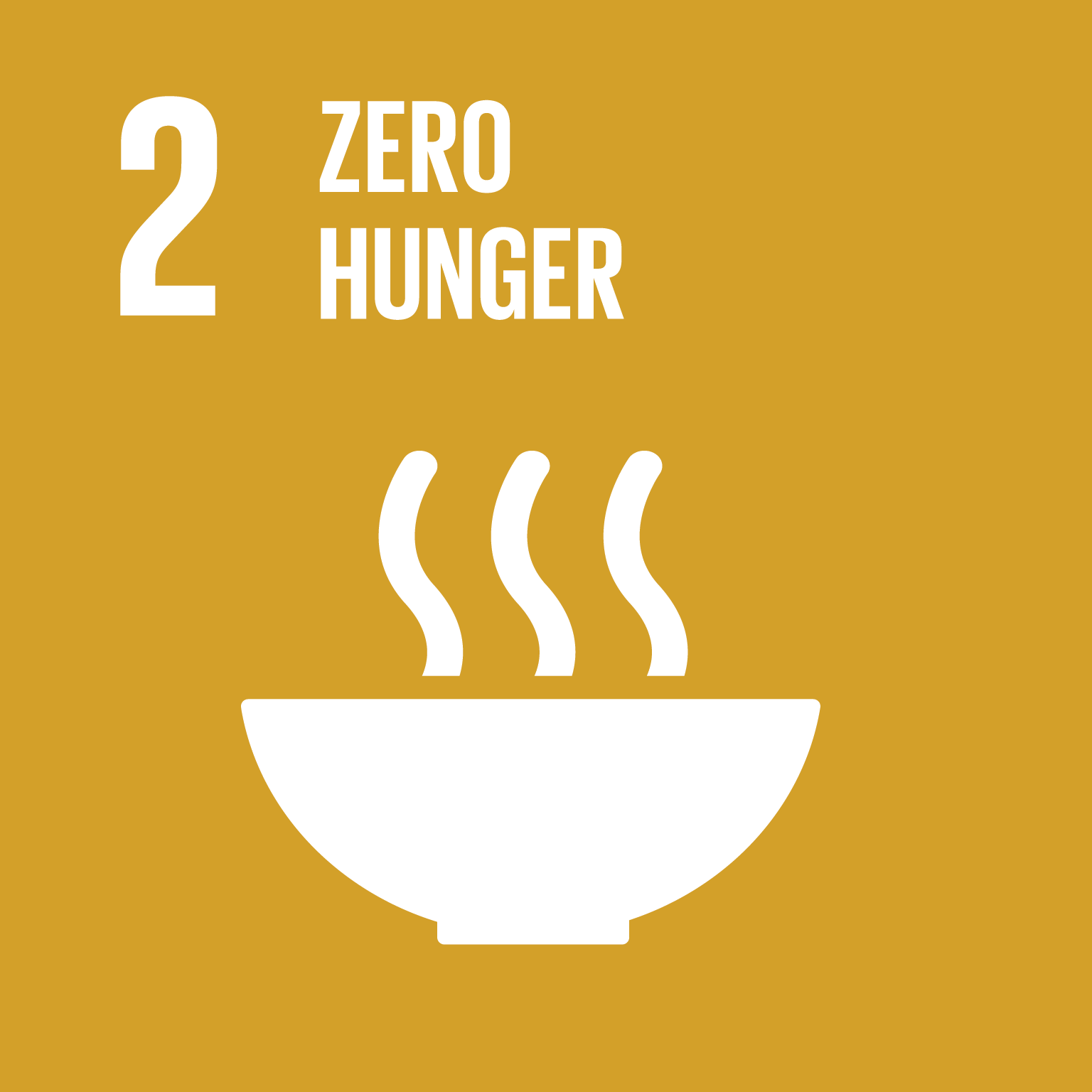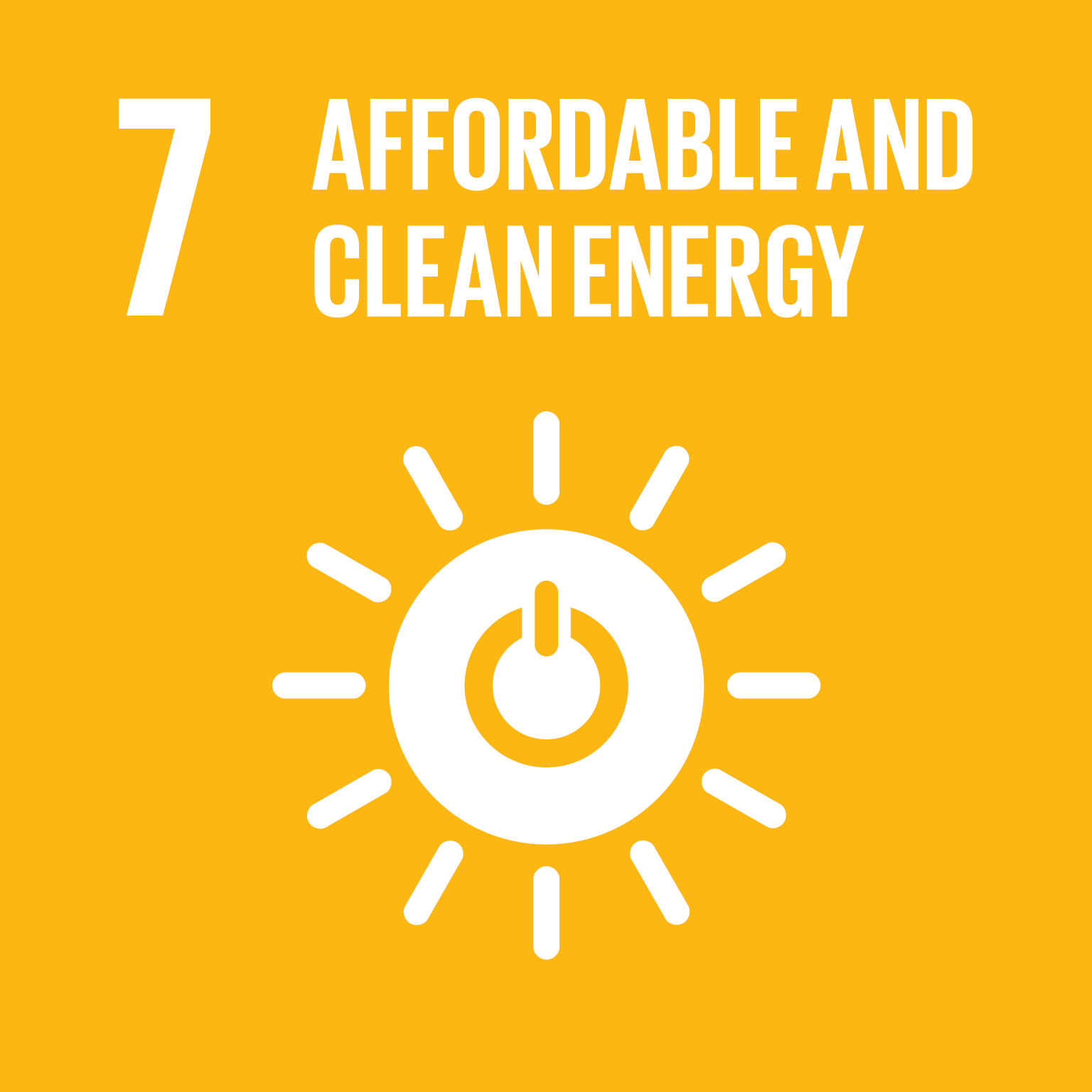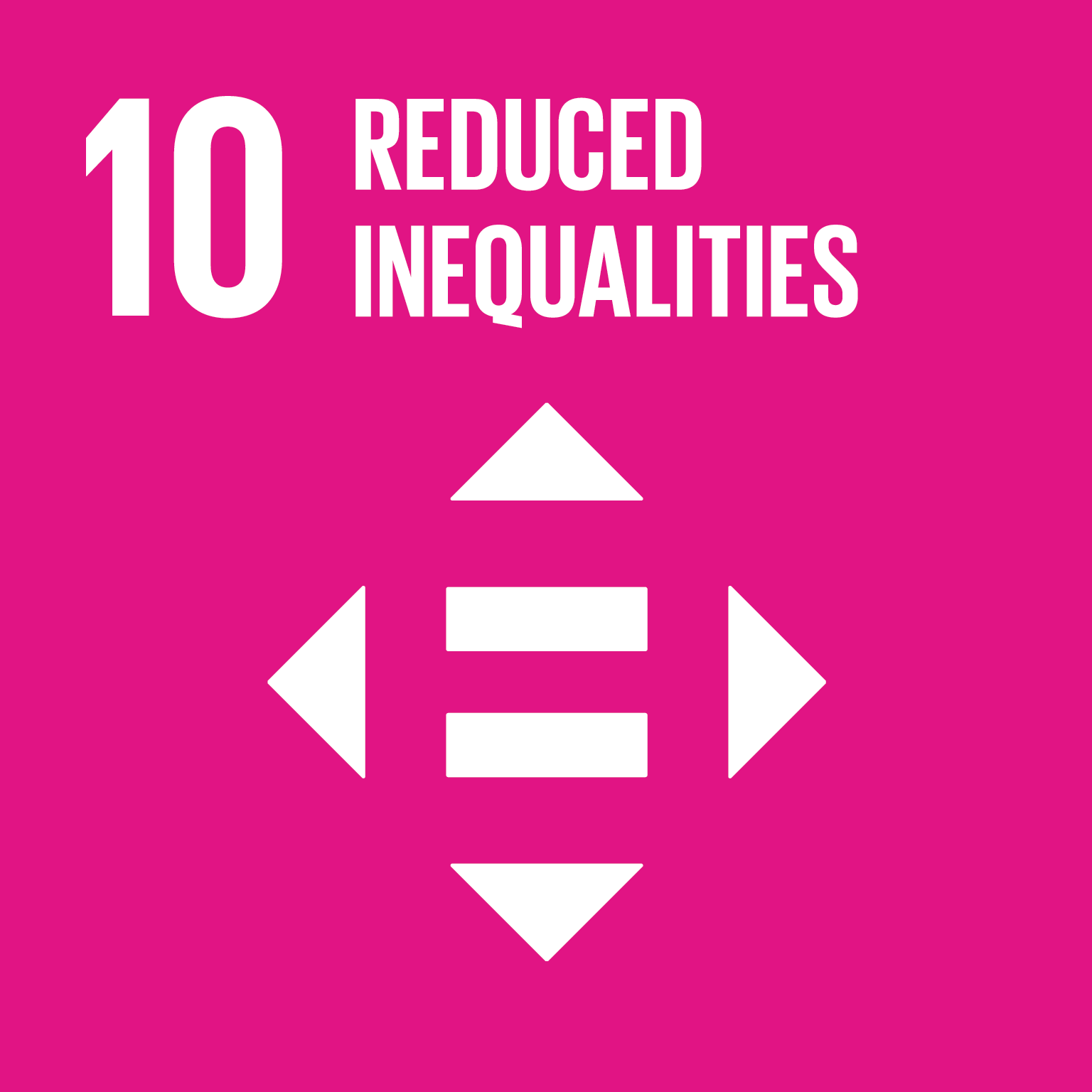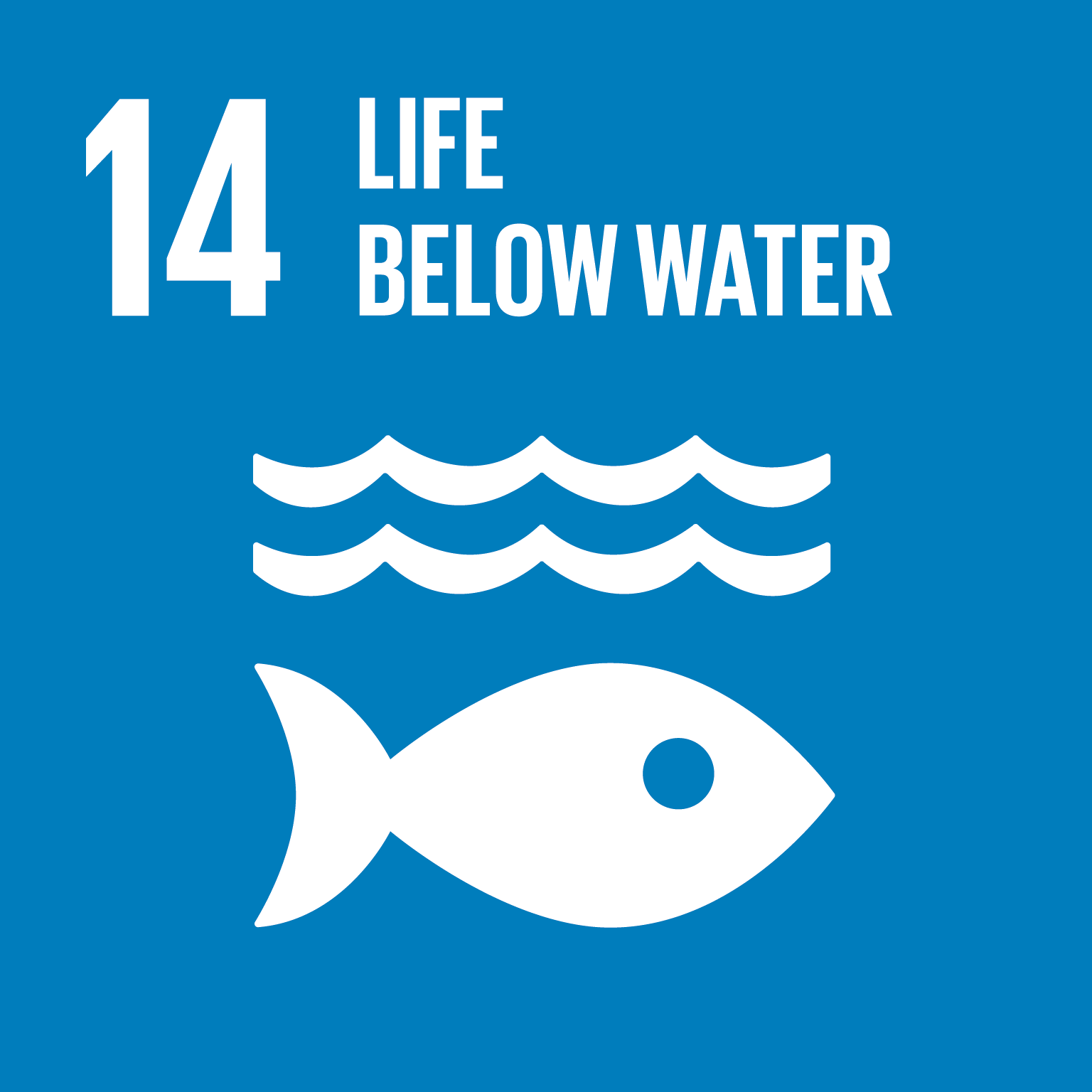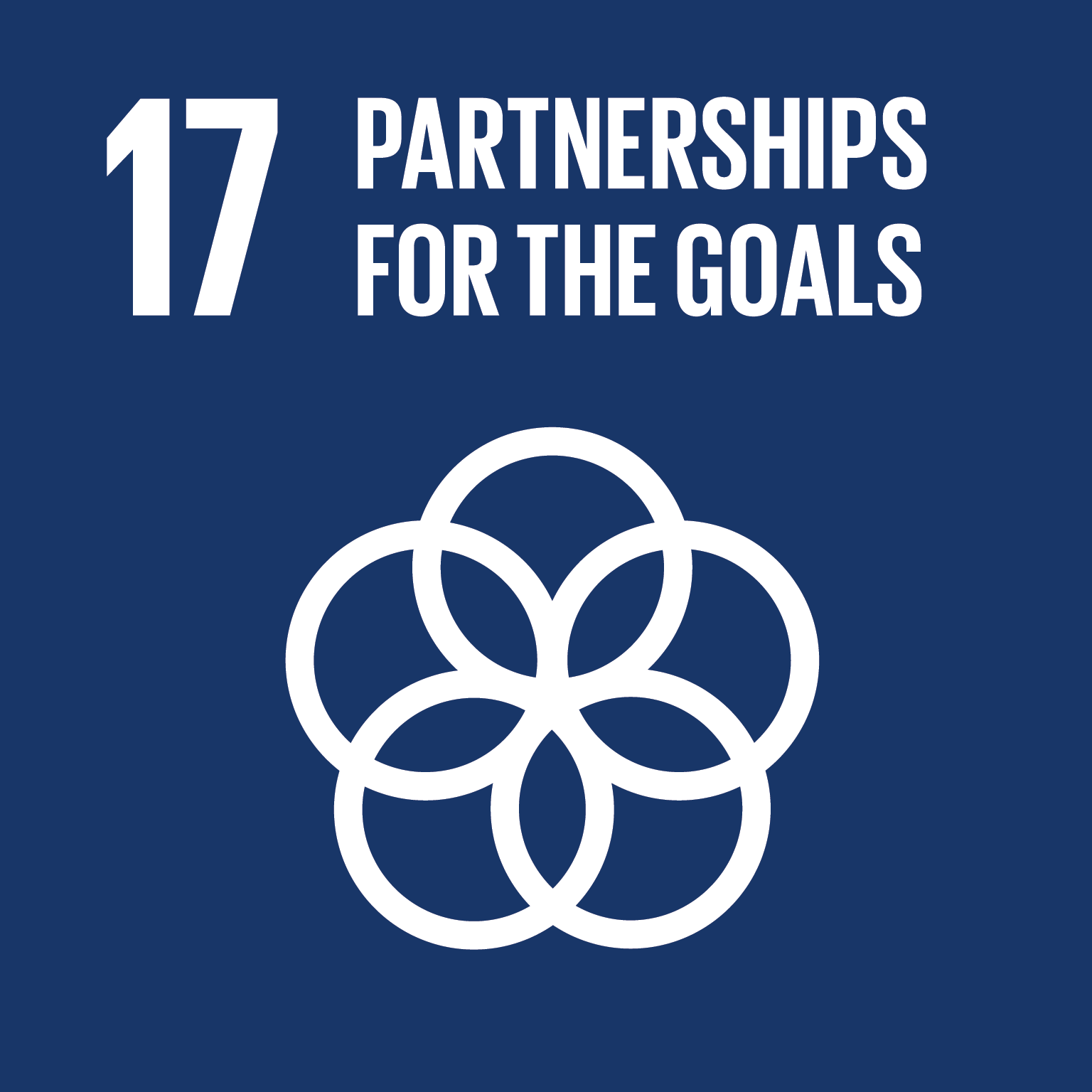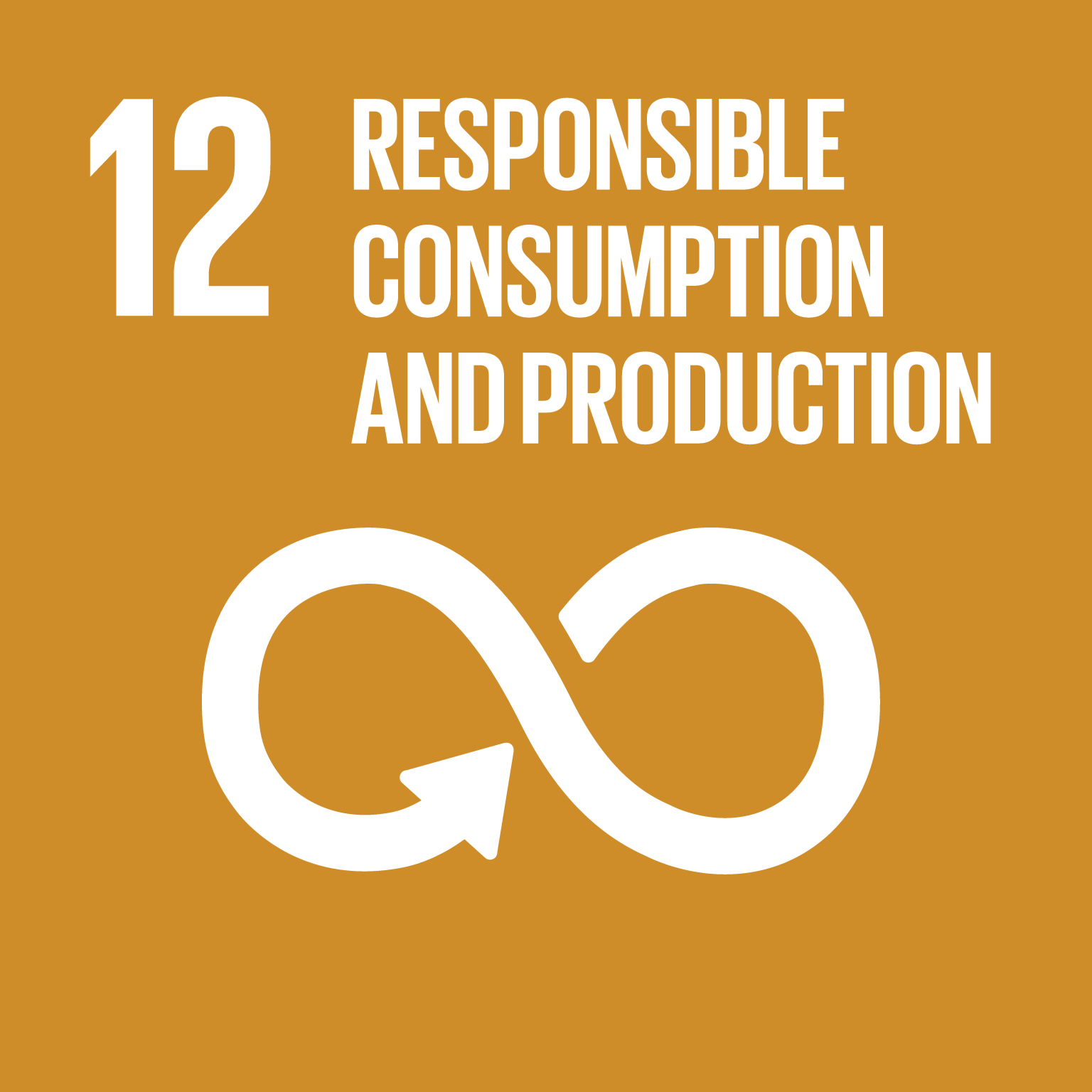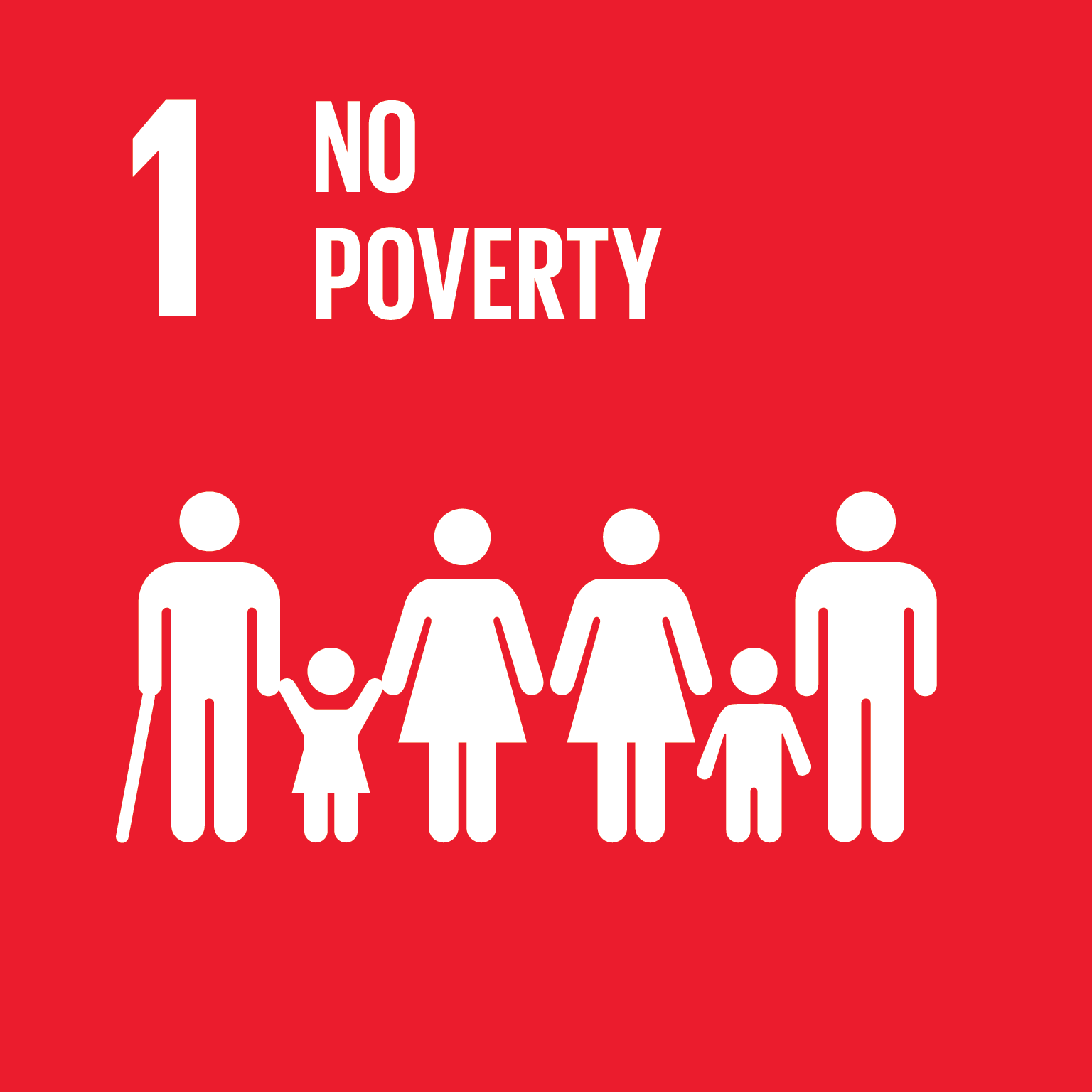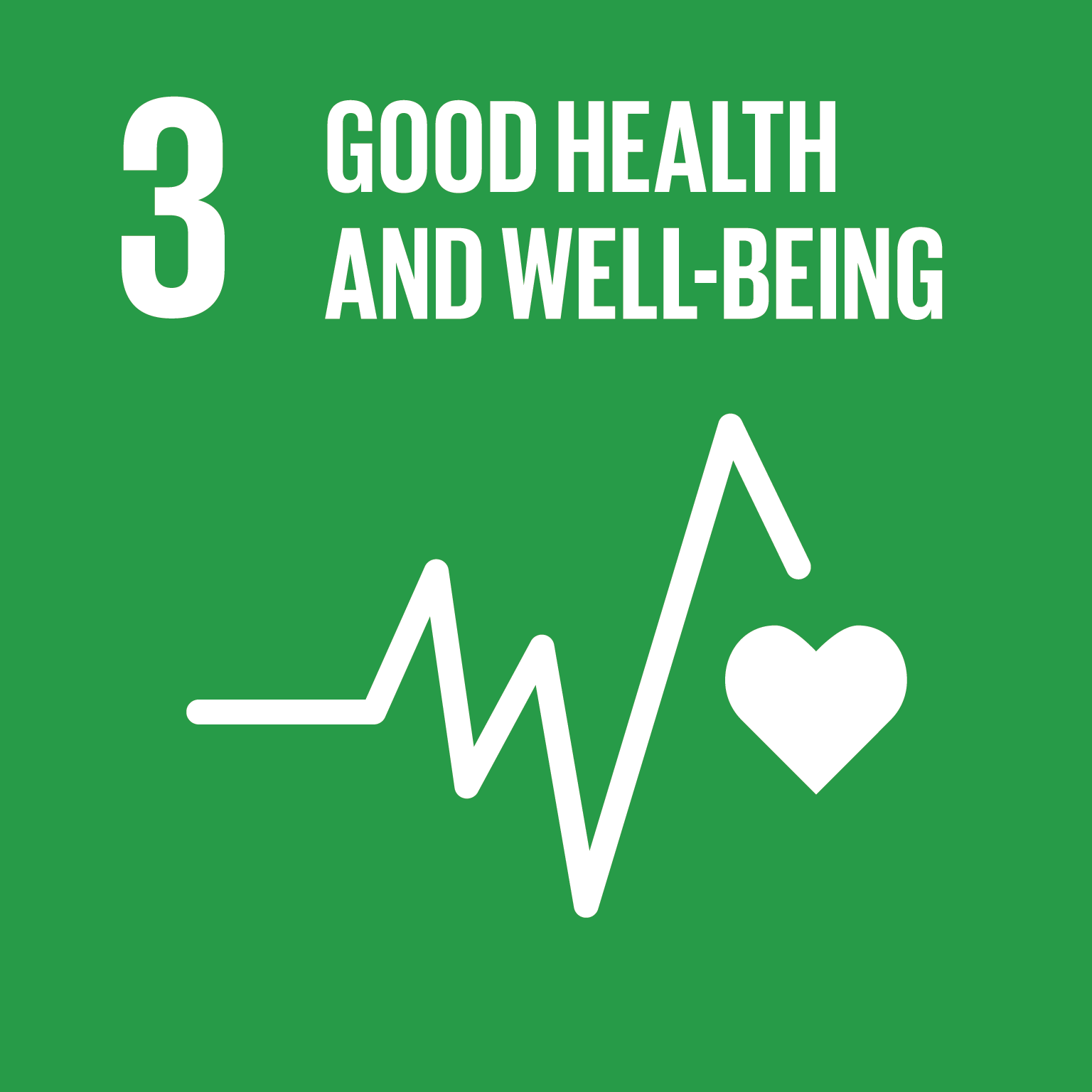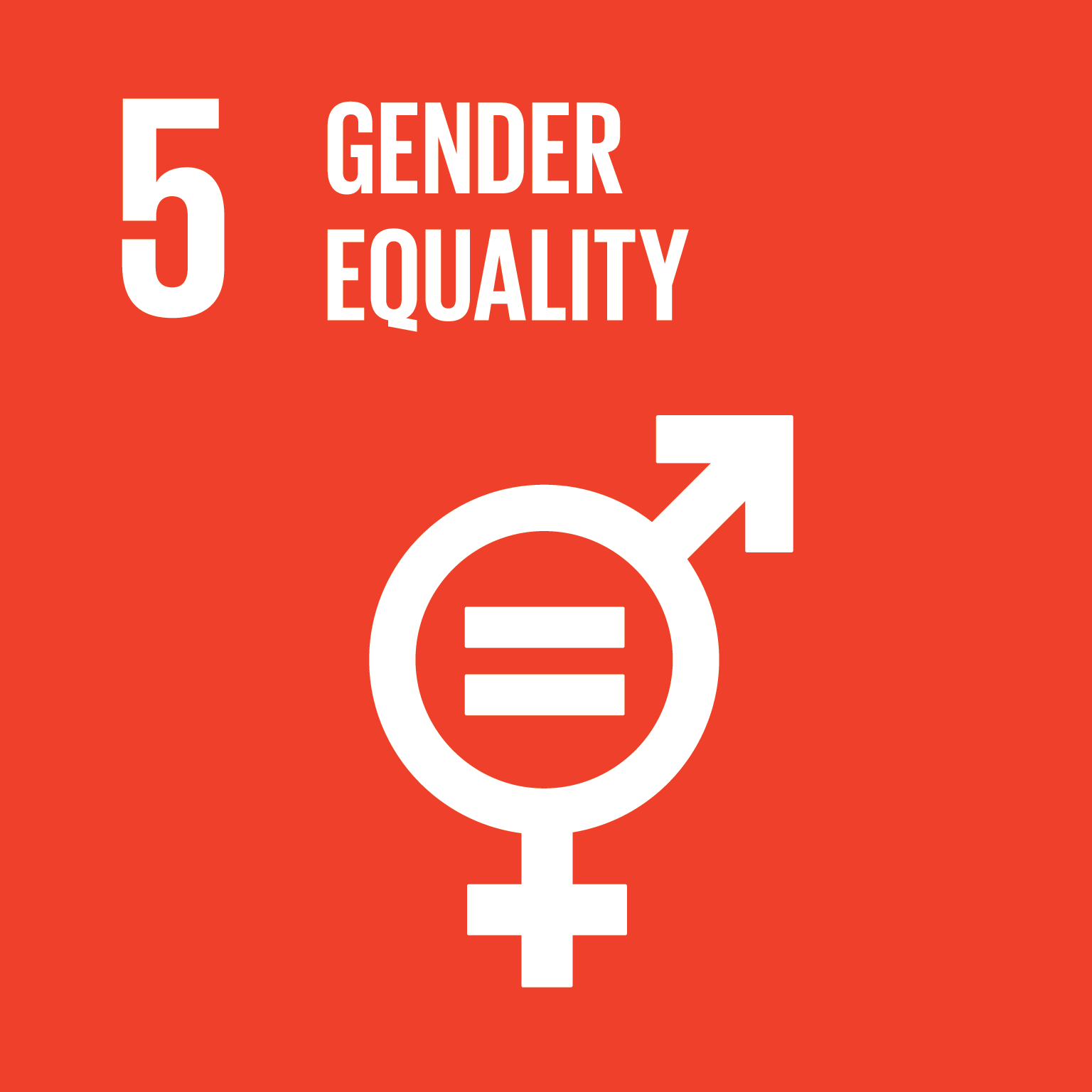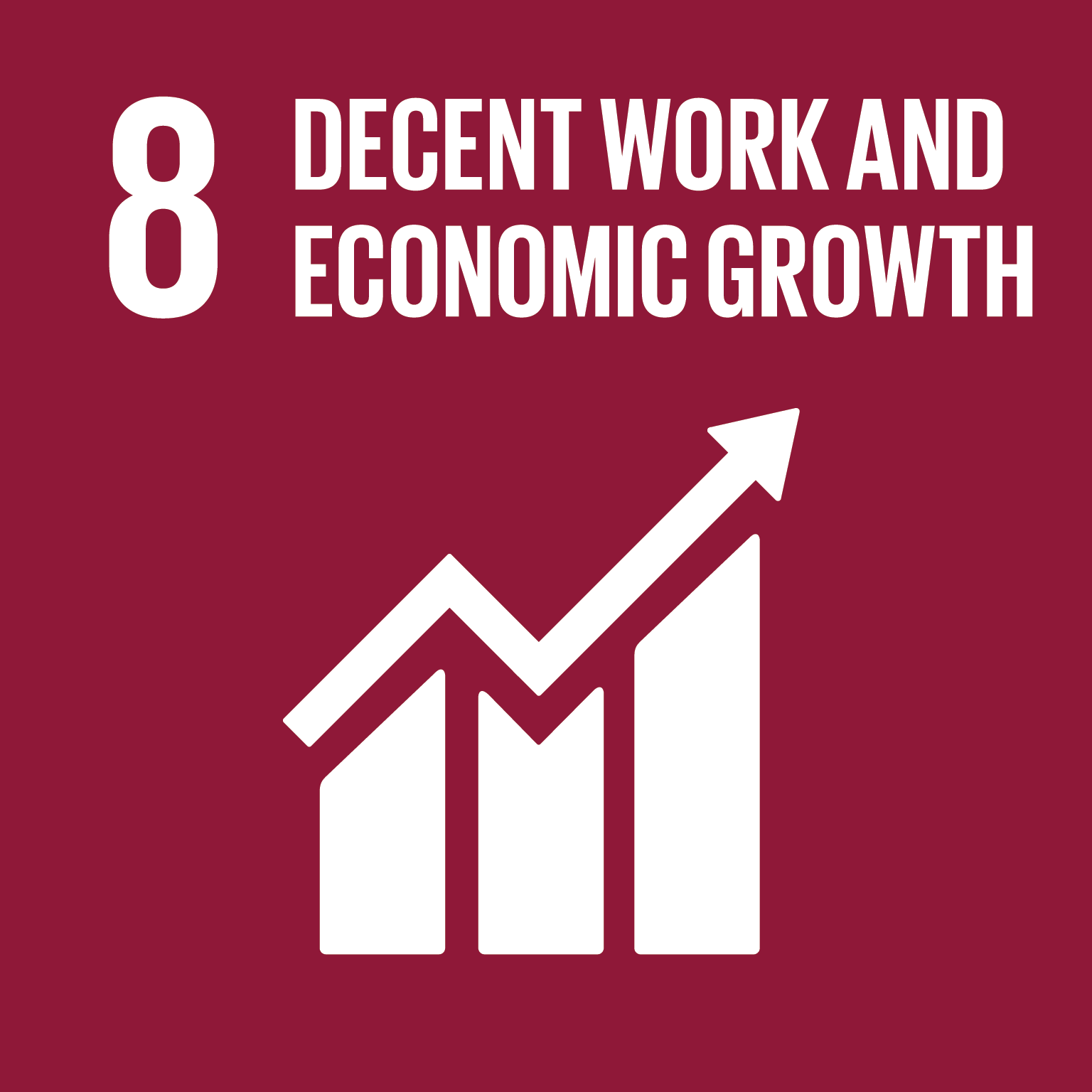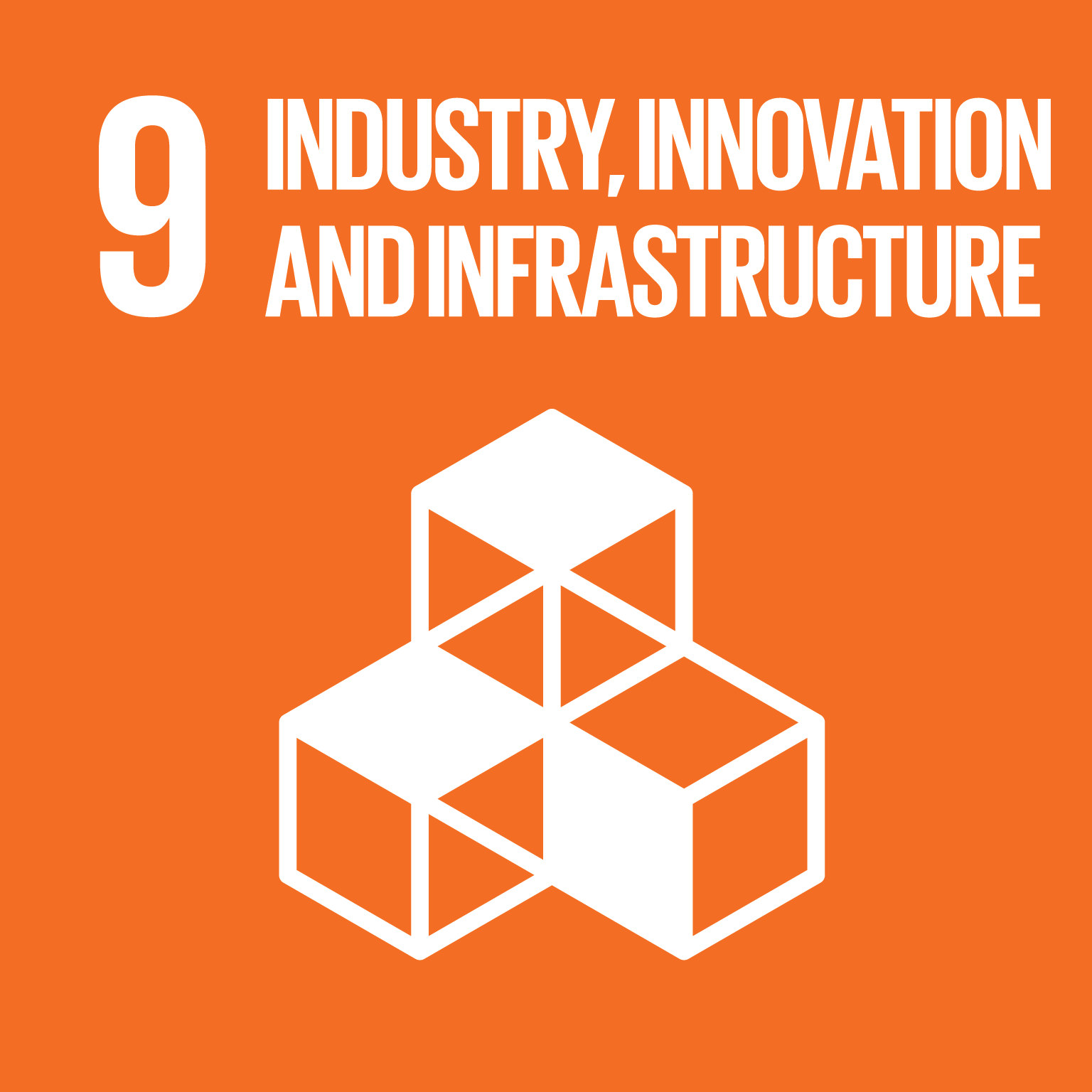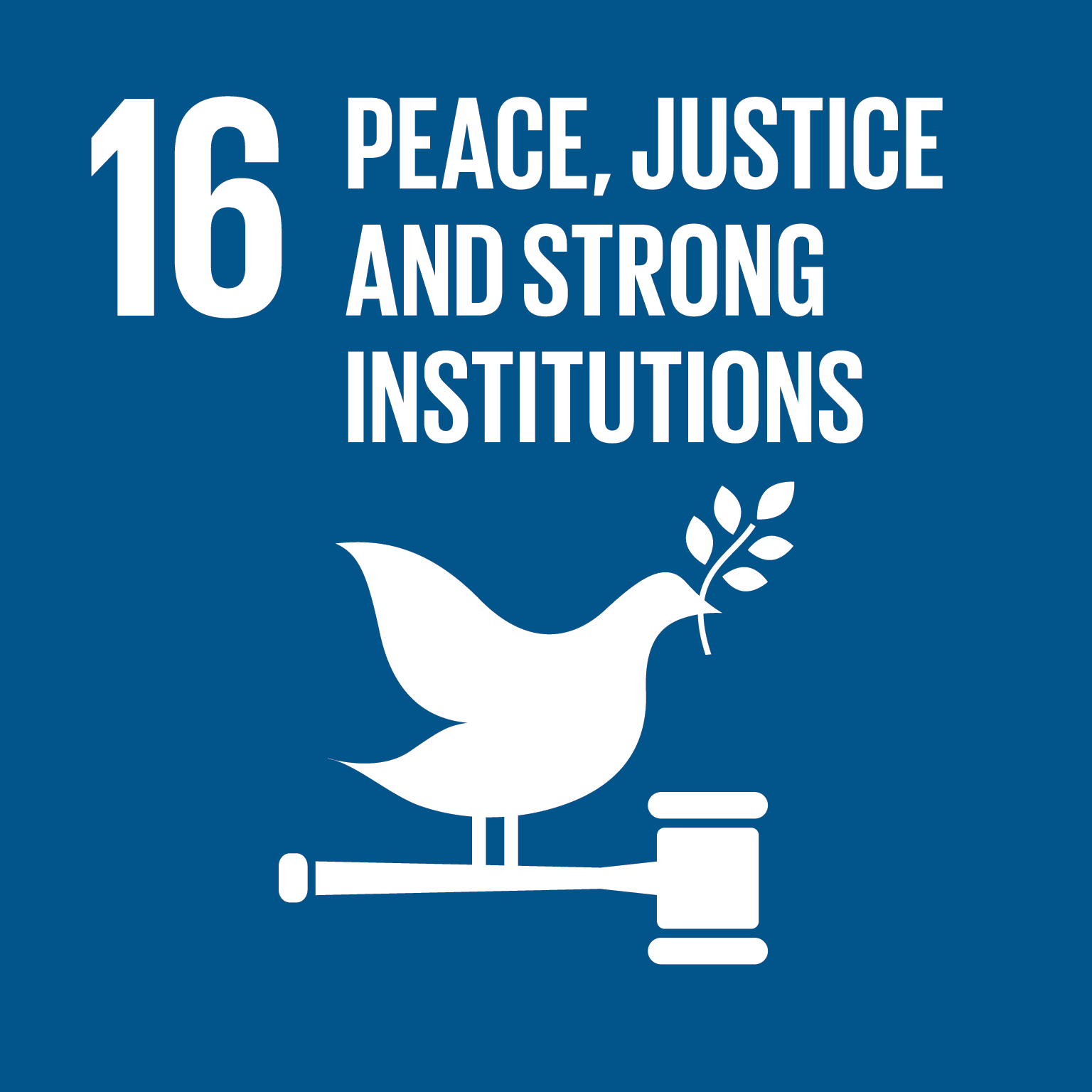Overview
Sudan’s third Voluntary National Review (VNR), submitted in 2025, is presented against the backdrop of the devastating conflict that erupted on 15 April 2023, when the Rapid Support Force (RSF) launched large-scale attacks against the Sudanese Armed Forces (SAF), resulting in widespread destruction and the displacement of more than eleven million people approximately a quarter of the population. The war has severely damaged critical infrastructure, disrupted essential services, and reversed much of the country’s earlier progress towards the Sustainable Development Goals (SDGs). Despite these challenges, the VNR demonstrates Sudan’s continued commitment to recovery and sustainable development. Developed through extensive consultations with federal and subnational authorities and civil society, it assesses the conflict’s impact on SDG implementation and outlines national efforts to rebuild the economy, restore services, and support vulnerable populations in line with the 2020–2024 review period and the 2024 Post-Conflict Reconstruction Vision.
Recommendations
- Peace and Security – Establish lasting peace and protect civilians to create a stable environment for development.
- Governance and Institutions – Strengthen state institutions, ensure transparency, and maintain critical registries for resilience.
- Economic Recovery – Rebuild key sectors, restore employment, and ensure sustainable public finance.
- Social Protection – Provide safety nets and targeted support for vulnerable populations, including displaced people.
- Education and Skills – Rehabilitate schools, reduce dropouts, and enhance teacher training and vocational skills.
- Health – Restore health facilities, prioritise maternal and child care, and strengthen epidemic preparedness.
- Water, Sanitation, and Energy – Rehabilitate water and power infrastructure and promote renewable energy.
- Food Security and Agriculture – Rebuild agricultural systems, ensure access to inputs, and strengthen climate resilience.
- Gender Equality and Women Empowerment – Expand women’s economic, social, and political opportunities, and protect against GBV.
- Environment and Biodiversity – Restore ecosystems, protect cultural heritage, and promote sustainable resource management.
- Humanitarian Response and Resilience – Ensure equitable aid delivery and build community capacity to cope with shocks.
- Partnerships and International Support – Mobilise donor, diaspora, and private sector support for recovery and SDG implementation.
Conclusion
Sudan’s 2025 VNR highlights that, despite pre-2023 progress in poverty reduction, education, health, and environmental management, the ongoing conflict has severely reversed SDG gains. Achieving the 2030 Agenda now depends on peace, reconstruction, and substantial external and domestic support. The post-conflict recovery vision (2024) focuses on restoring growth, public services, infrastructure, and vulnerable populations, alongside resuming debt relief and attracting investment. Success will require stabilising the country, rebuilding human capital and infrastructure, and leveraging international partnerships to ensure inclusive and resilient development.
